Uncovering the Legend city of the gold Cibola | The Fabled City

City of the gold Cibola
Close your eyes and imagine a city made entirely of gold. It’s a sight that seems too incredible to be true. For centuries, adventurers and explorers have searched for the fabled Seven Cities of Gold, also known as Cibola. City of the gold Cibola was first introduced to the world by the Spanish conquistador Francisco Vasquez de Coronado in the 16th century.
He claimed to have heard of a wealthy civilization in northern Mexico, where gold paved streets. His stories spread like wildfire, and the hunt for the mythical cities soon began.
For years, expeditions searched for the elusive Cibola, with some believing that the cities were located in South America. Others were convinced they were hidden in the deserts of the American Southwest. The lure of the city of gold was too strong to resist, and adventurers risked their lives in the pursuit of riches.
But where did the legend of Cibola come from? Some say that the ancient Anasazi people built the cities. Others believe they were part of the Inca Empire, which stretched across much of South America.
Despite the many different theories about the origins of Cibola, one thing is sure:
The legend continues to capture the imaginations of people around the world. From the city of gold Cibola to the gold cities of South America, the search for Cibola has become a symbol of human exploration and the enduring quest for adventure and riches.
The First Europeans to Hear of Cibola

As news of the fabled cities of gold spread throughout Europe, it eventually reached the ears of the Spanish Conquistadors. In 1539, the governor of Nueva Galicia, Antonio de Mendoza, dispatched an expedition led by Friar Marcos de Niza to explore the region and find the legendary cities of gold.
De Niza claimed to have seen the city of Cibola from a distance. He described it as a “city of gold” with “streets paved in gold”. He returned to Mexico City with his findings, sparking the interest of Francisco Vázquez de Coronado, who was appointed to lead a larger expedition to find the seven cities of gold.
In 1540, Coronado set out from Mexico City with a large army and a group of Franciscan priests, including Friar Marcos de Niza. They travelled through what is now Arizona, New Mexico, and Texas, encountering several indigenous tribes along the way. However, they were still looking for the cities of gold and returned to Mexico City in 1542 empty-handed.
Despite failing to find the fabled cities, the Spanish searched for gold in the region for many years. The legend of Cibola and the seven cities of gold had a lasting impact on the exploration and colonisation of the American Southwest.
Searching for Cibola in the American Southwest
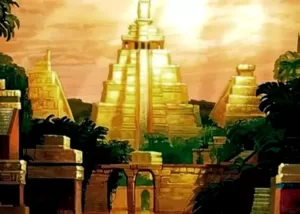
During the 16th century, the Spanish conquistadors were drawn to the rumours of the fabled Seven Cities of Gold. It is also known as Cibola. The expedition Francisco Vásquez de Coronado led was one of the most ambitious attempts to find the cities of gold. In 1540, Coronado and his soldiers journeyed from present-day Mexico northward through the deserts of Arizona, New Mexico, and Texas.
They were following rumours of the legendary city of gold. Despite their efforts, they never found the golden cities they sought, and the expedition was deemed a failure. However, their journey was not without significance. It opened up new territories and trade routes in the American Southwest.
The Disappointment of the Coronado Expedition
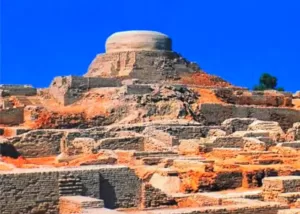
After hearing about the legendary Seven Cities of Gold, Coronado and his expedition embarked on a long and challenging journey to find the fabled cities. But after months of wandering through the harsh deserts and mountains of the American Southwest, they were only disappointed and frustrated.
The expedition encountered many obstacles, including scorching heat, lack of water, and hostile encounters with the indigenous people. But despite the challenges, they pressed on, driven by the hope of finding the golden cities.
As the expedition approached what they believed to be the first city of Cibola, they were met with a disappointing sight. Instead of the magnificent golden city, they had been dreaming of, and they found only a tiny village of humble homes made of mud and stone.
Undeterred, Coronado continued his search, hoping the other cities would be more fruitful. However, their hopes faded as the expedition pushed further into the harsh desert. They encountered only more small villages and no sign of the legendary wealth and gold they sought.
Finally, after months of fruitless searching, the expedition was forced to turn back. Their hopes were dashed, and their dreams of wealth and glory were unfulfilled. Despite their disappointment, the legend of the Seven Cities of Gold continued to live on, inspiring generations of adventurers and explorers to come.
Ultimately, the search for Cibola may have been a mirage in the desert. A myth that captured the imaginations of people around the world but proved to be nothing more than a compelling dream. Yet, the enduring allure of the city of gold, Cibola, remains, reminding us of the enduring human spirit of exploration and the thrill of adventure.

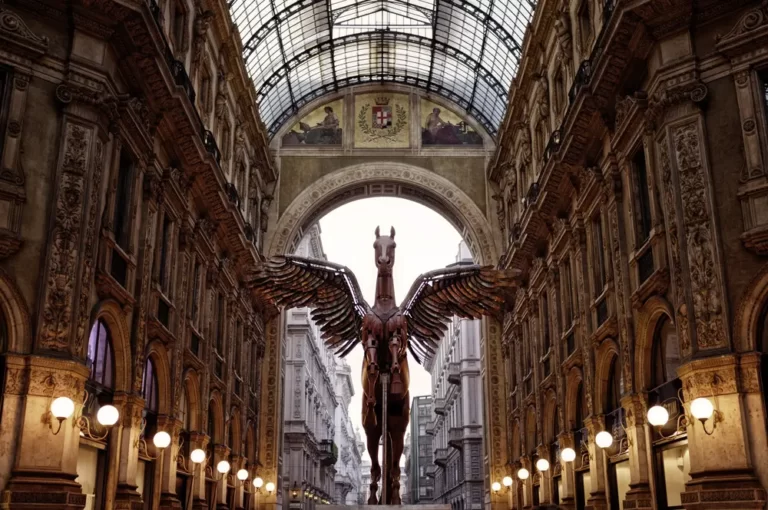
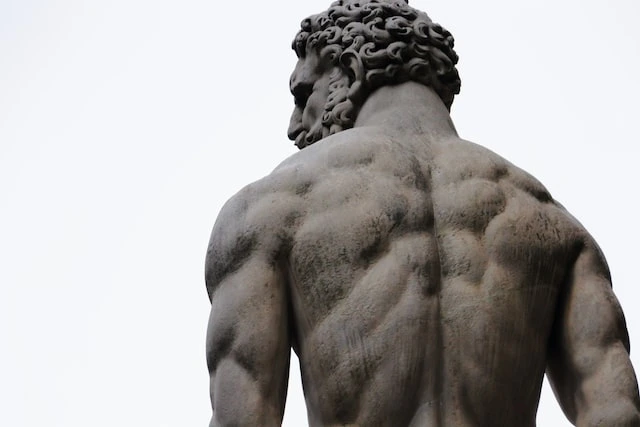


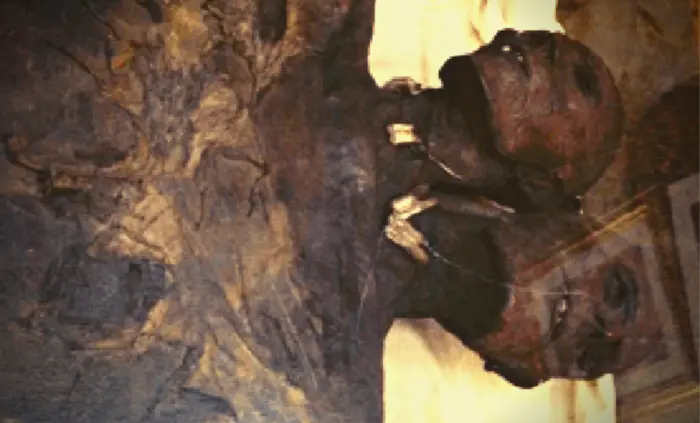
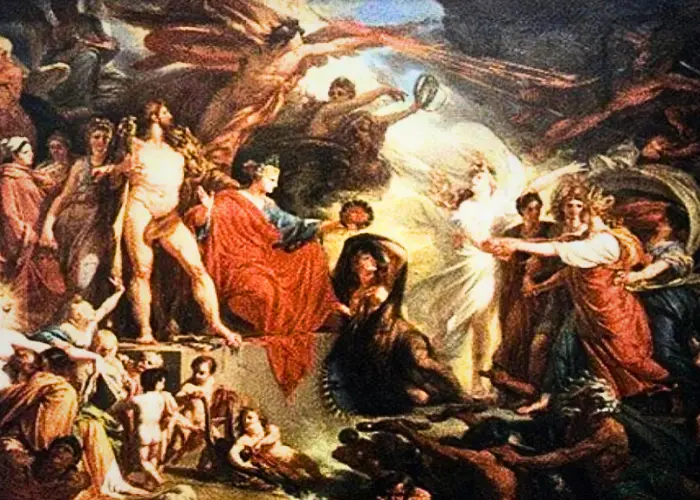
I was more than happy to discover this site. I wanted to thank you for your time just for this fantastic read!! I definitely really liked every little bit of it and I have you book-marked to look at new information in your website.